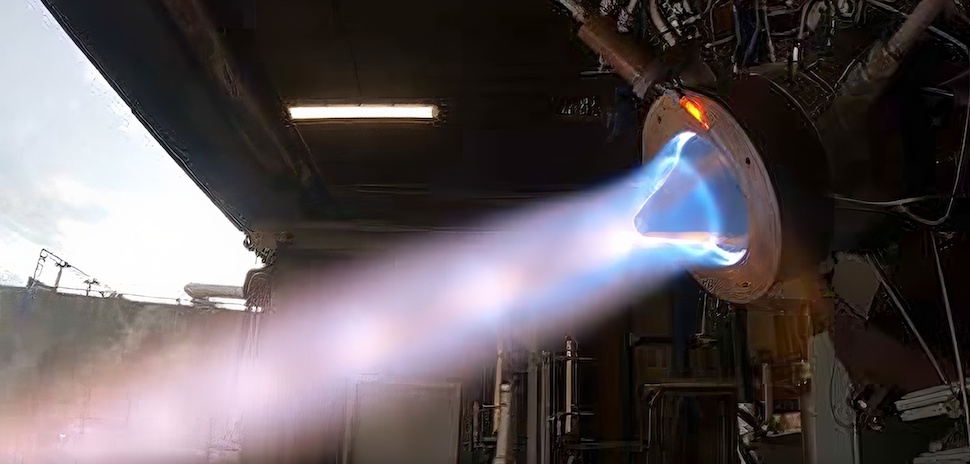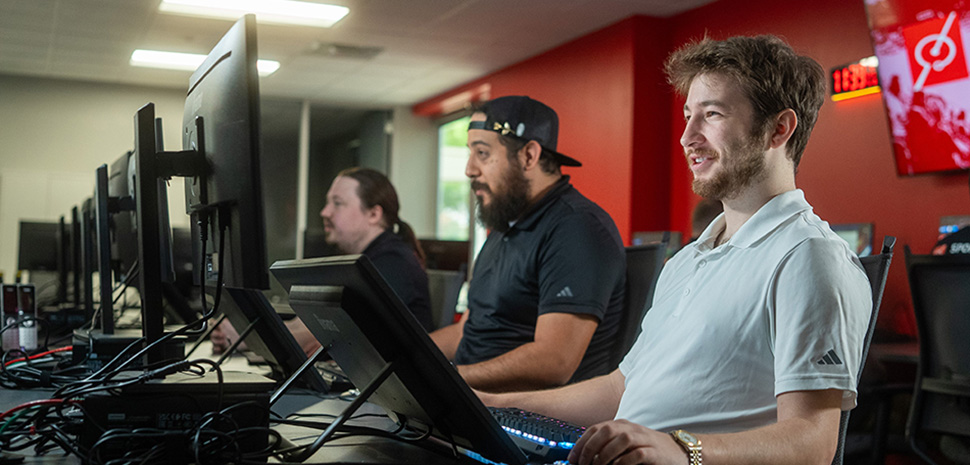“We…use the exactly the same proportions that ancient Roman engineers did.”
Warda Ashraf
Associate Professor
University of Texas at Arlington
.…on developing Roman-inspired concrete for underwater use in bridges, breakwaters, and artificial reefs, via the New York Times.
![]()
Ashraf was quoted in a recent New York Times article, “Reinventing Concrete, the Ancient Roman Way,” about using 2,000-year-old Roman secrets to create concrete for underwater use in bridges, breakwaters, and artificial reefs. But unlike the volcanic ash used by Roman engineers as a key concrete ingredient, Ashraf and her team are using clay mixed with the mineral kaolinite. The recipe required heating to about 1,300 degrees Fahrenheit—only half the temperature needed to produce modern Portland cement.
“It’s a huge saving” in energy, Ashraf told the Times, leading to “a 70% reduction in carbon footprint.”
The article includes a photo of three concrete cylinders the team had placed underwater for an entire year in shallow waters of the Gulf of Mexico.
Dallas Innovates first wrote about Ashraf’s study in a 2022 story, which noted that her team had received $747,000 in DARPA funding to pursue the project.
The Times article explores how other researchers at M.I.T. and the University of Utah are seeking modern ways to emulate ancient concrete, which resulted in structures like the Pantheon in Rome. The largest unsupported concrete dome in the world, it still stands today in the heart of the city. They don’t make them like they used to, indeed. But with innovators like UTA’s Ashraf on the case, perhaps they someday will.
You can read the New York Times article here.
For more of who said what about all things North Texas, check out Every Last Word.
![]()
Get on the list.
Dallas Innovates, every day.
Sign up to keep your eye on what’s new and next in Dallas-Fort Worth, every day.
































